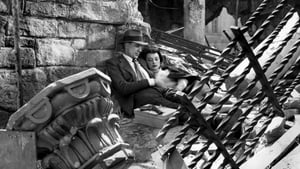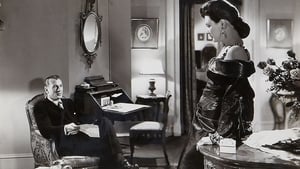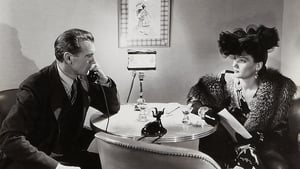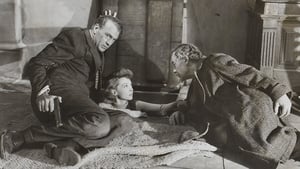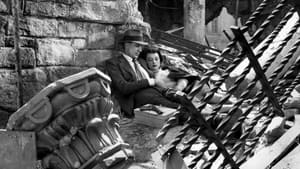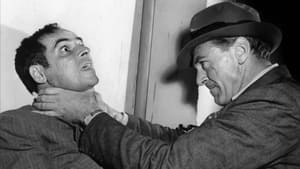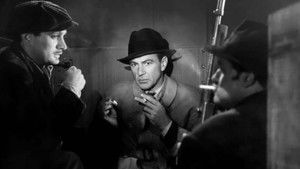Contact: [email protected]
Video Sources 0 Views

Synopsis
[ez-toc]




Introduction
In the realm of old movies, where black and white cinematography once reigned supreme, there’s a controversial phenomenon sweeping through classic films – the colorization process. One such iconic movie to undergo this transformation is “Cloak and Dagger Colorized,” originally released in 1946. In this article, we delve into the historical context of the film, the controversy surrounding its colorization, the portrayal of OSS and German agents, the influence of Gary Cooper’s performance, Fritz Lang’s directorial style, and the broader impact of “Cloak and Dagger Colorized” on Cold War thrillers. We also navigate the ongoing debate over colorized versions, exploring the delicate balance between artistic integrity and modern accessibility.
Read Media File Transfer Agreement: Terms and Conditions
Read FAQ
Understanding “Cloak and Dagger Colorized” (1946) and Its Historical Context
Directed by the legendary Fritz Lang, “Cloak and Dagger Colorized” unfolds against the backdrop of World War II and the covert operations of the Office of Strategic Services (OSS). Gary Cooper, known for his charismatic presence, takes on the lead role alongside Lilli Palmer. The film follows an OSS operative tasked with infiltrating the German nuclear weapons program.
The historical significance of “Cloak and Dagger Colorized” lies not only in its thrilling narrative but also in its reflection of the wartime tensions and the race to thwart the German forces. Fritz Lang, renowned for his contributions to German Expressionism, brings a unique visual flair to the film, and Gary Cooper’s portrayal adds depth to the character, reflecting the heroism of those involved in critical missions during the war.
The Controversy Surrounding the Colorization of “Cloak and Dagger”
The colorization of old movies has sparked debates among cinephiles and purists alike. The process involves digitally adding color to black and white films, a practice often met with skepticism. While colorization can introduce a new layer of visual appeal, it also risks altering the intended artistic expression of the filmmakers.
The pros and cons of colorizing old films extend beyond aesthetic preferences. Some argue that colorization breathes new life into classic movies, making them more accessible to modern audiences. Others contend that the process undermines the authenticity of the original work. In the case of “Cloak and Dagger,” the colorization debate takes center stage, with purists expressing concerns about the potential dilution of its noir atmosphere and cinematographic nuances.
Examining the Portrayal of the OSS and German Agents in the Film
Corey Ford’s screenplay skillfully weaves together elements of espionage, the Italian resistance movement, and the clandestine operations of the OSS. “Cloak and Dagger” provides a cinematic window into the complexities of wartime intelligence, blurring the lines between historical accuracy and cinematic storytelling.
The film’s portrayal of OSS operations and German agents raises intriguing questions about the balance between narrative drama and historical fidelity. While artistic liberties are often taken to enhance cinematic appeal, it’s essential to scrutinize the level of accuracy maintained in the depiction of real-life events and characters. “Cloak and Dagger” navigates this delicate line, offering a gripping narrative while nodding to the sacrifices made by those involved in intelligence work during World War II.
The Influence of Gary Cooper’s Performance and His Hollywood Legacy
Gary Cooper’s performance as the resistance fighter in “Cloak and Dagger Colorized” adds another layer of complexity to the film. Known for his roles in Hollywood classics and his association with the Manhattan Project, Cooper brings a sense of gravitas to the character. His portrayal transcends the typical hero archetype, capturing the internal struggles faced by those fighting against the brutalities of war.
Cooper’s Hollywood legacy extends beyond “Cloak and Dagger Colorized,” and his involvement in the film further solidifies his status as a cinematic icon. The actor’s ability to seamlessly transition between roles, from the heroic to the contemplative, contributes significantly to the film’s success.
Fritz Lang’s Directorial Style and His Collaboration with Gary Cooper
Fritz Lang’s journey from German Expressionism to American filmmaking is a testament to his versatility as a director. In “Cloak and Dagger,” Lang’s signature visual style is evident, with shadows and lighting playing pivotal roles in creating an atmosphere of suspense. The collaboration with Gary Cooper marks a significant chapter in both their careers, blending Lang’s directorial prowess with Cooper’s on-screen charisma.
The melding of Lang’s noir sensibilities with the espionage genre results in a film that stands the test of time. “Cloak and Dagger” becomes more than just a war thriller; it becomes a reflection of the creative synergy between a visionary director and a charismatic actor.
“Cloak and Dagger Colorized” as a Cold War Thriller and Its Legacy in Post-World War II Cinema
As the dust of World War II settled, “Cloak and Dagger Colorized” continued to resonate in the cinematic landscape. Its contribution to the Cold War thriller genre is undeniable, influencing subsequent post-World War II dramas. The film serves as a bridge between the wartime narratives and the emerging tension of the Cold War era.
The espionage elements, combined with the moral dilemmas faced by the characters, elevate “Cloak and Dagger Colorized” to a timeless exploration of the human condition during times of global conflict. The film’s legacy extends beyond its initial release, making it a cornerstone in the evolution of post-war cinema.
The Debate Over Colorized Versions: Balancing Artistic Integrity with Modern Accessibility
The contentious debate surrounding the colorization of classic films, including “Cloak and Dagger Colorized,” persists in the age of advanced AI technology. While purists argue for the preservation of the original black and white format, proponents of colorization highlight the potential to attract new audiences and breathe fresh life into cinematic gems.
AI technology plays a role in the restoration process, offering tools to enhance image quality and bring out details that may have been lost over time. However, the question remains: does the introduction of color compromise the director’s original vision, or does it offer a contemporary perspective on timeless stories?
Restoring Natural Colors, Preserving Cinematic History: The Case for High-Quality Remastering
Amidst the debate, there exists a middle ground — the emphasis on high-quality remastering as a means of preserving cinematic history. Rather than altering the film’s original artistic intent, remastering seeks to restore natural colors and enhance visual clarity. This approach allows audiences to experience classic movies in their pristine form, appreciating the craftsmanship of the filmmakers without sacrificing the allure of modern technology.
In the case of “Cloak and Dagger Colorized,” the colorized version may raise eyebrows, but it serves as a catalyst for conversations about preserving our cinematic heritage. High-quality remastering ensures that old movies retain their authenticity while remaining relevant to evolving audience tastes.
Conclusion
Having embarked on a cinematic journey through the intricacies of “Cloak and Dagger Colorized 1946,” the debate over colorization lingers. As a film reviewer and editor, my experience with the colorized version prompts reflection on the delicate balance between artistic integrity and modern accessibility. Encouraging readers to explore both the original black and white version and the controversial colorized edition of “Cloak and Dagger,” I invite them to form their own opinions on this cinematic debate. In the ever-evolving landscape of old films and colorized movies, the legacy of classics like “Cloak and Dagger” endures, sparking discussions that bridge the past and the present.

